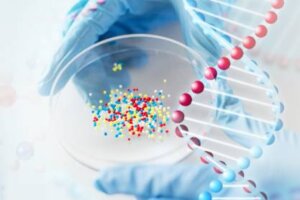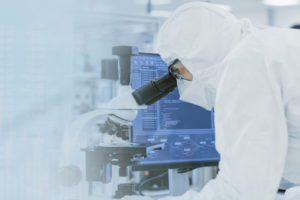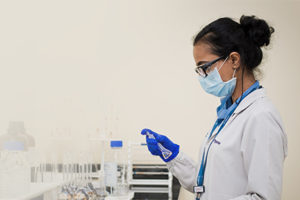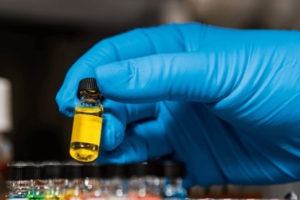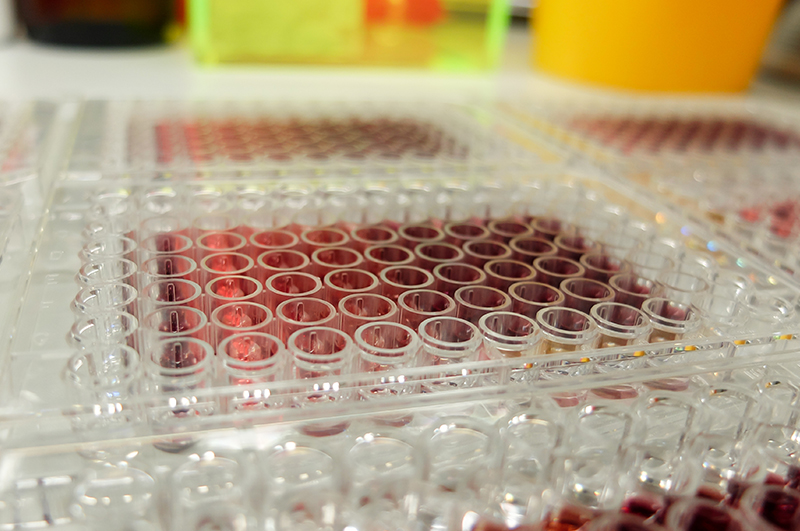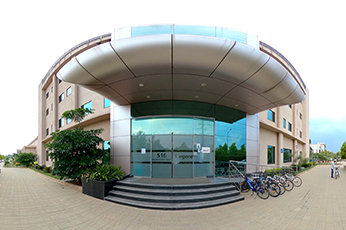A major challenge in cancer research is the development of relevant experimental models indicative of likely responses to novel drug candidates in targeted patient populations. The goal is to increase confidence in achieving efficacy at tolerated doses prior to administering these candidates to test patients. In this context, orthotopic tumor models1 and animal models made from 3D culture of human cell lines (spheroids) and patient-derived tumor tissues (organoids) help towards achieving a better understanding of cancer biology and improve translatability to clinical outcomes.
Building new tumor models
Preclinical tumor models are used to screen compounds and understand their likely anti-cancer effects, enabling the translation of these models to predict outcomes in human patients. Developing tumor models that closely mimic the natural microenvironment of the tumor inside the human body can improve the accuracy of predicting test compound efficacy in the clinic. However, traditional subcutaneous tumor models are less reflective of the actual tumor microenvironment and cell-to-cell interactions, thus reducing the accuracy of the prediction of outcomes.
Several recent comparative studies suggest that spheroids2 and organoids derived from 3D cultures of cancer cell lines and patient-derived tumors, respectively, grown in mice maintain many of the important characteristics of the original tumor and thus represent a better tool for developing new cancer therapeutics. Syngene biologists have developed spheroid tumor models derived from a mouse cancer cell line. Our data show good growth of tumors over time, demonstrating the animal system’s acceptance of these 3D spheroids.
Additionally, Syngene scientists have established orthotopic tumor models for lung, pancreas, colon, bladder, breast, and brain cancer by injecting the tumor cells or tumor fragments into tissues or organs of its origin into mice. These models have exhibited high accuracy in treatment efficacy with Standard of Care (SOC)3 compounds relative to clinical outcomes.
Extending cell lines
Once validated against the SOC, the models will be further expanded with additional 3D spheroids derived from human cell lines and organoids derived from patient tumors. All these models can help improve translatability and clinical relevance for patient usage.
References
- Orthotopic models involve the seeding of tumor cell lines or patient-derived xenografts into the specific tissue/organ of its origin.
- Spheroids are simple, widely used multicellular 3D models that form due to the tendency of adherent cells to aggregate. They can be generated from a broad range of cell types.
- SOC is a treatment that is accepted by medical authorities as a suitable treatment for a certain type of disease, and that is widely used by healthcare professionals.

